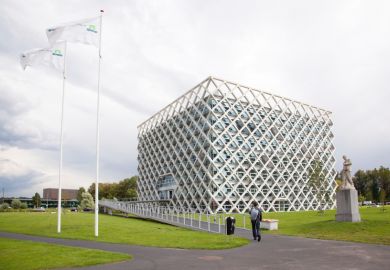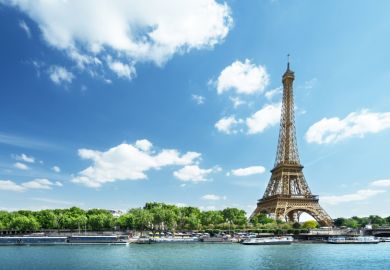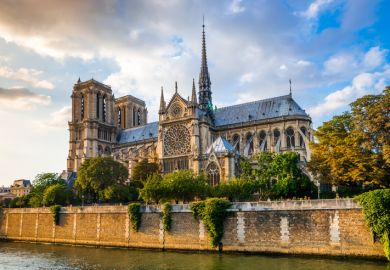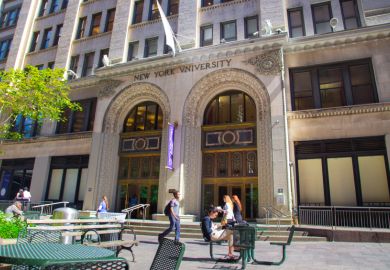Study in Iceland
A geologist’s heaven, Iceland remains to this day volcanically and geologically active. Parts of the country are still so rough that American astronauts have used Iceland as a training ground to prepare them for moon landings.
While the climate in Iceland is not too extreme – sitting between 0°C and 35°C across the year – the variation in daylight hours certainly is. During summer, there’s almost continuous daylight – and conversely, during mid-winter, hardly any daylight at all.
Some 60 per cent of the Icelandic population lives in its capital, Reykjavík. There are seven universities in Iceland, of which the two largest – University of Iceland and Reykjavík University – are based in the capital.
Popular pursuits include whale watching, glacier trekking, diving, horse-riding and fishing – and, of course, Iceland is notably known to be one of the best countries to see the spectacular Northern Lights.
Contrary to popular belief, there are no polar bears in Iceland, although there are Arctic foxes, reindeers, humpback whales and several species of seals. Roughly 85 per cent of Iceland’s energy is from renewable resources, and well over half of that is geothermal alone.
Famous Icelanders include musician and queen of quirk Björk Guðmundsdóttir and Hollywood actor and director Baltasar Kormákur.















